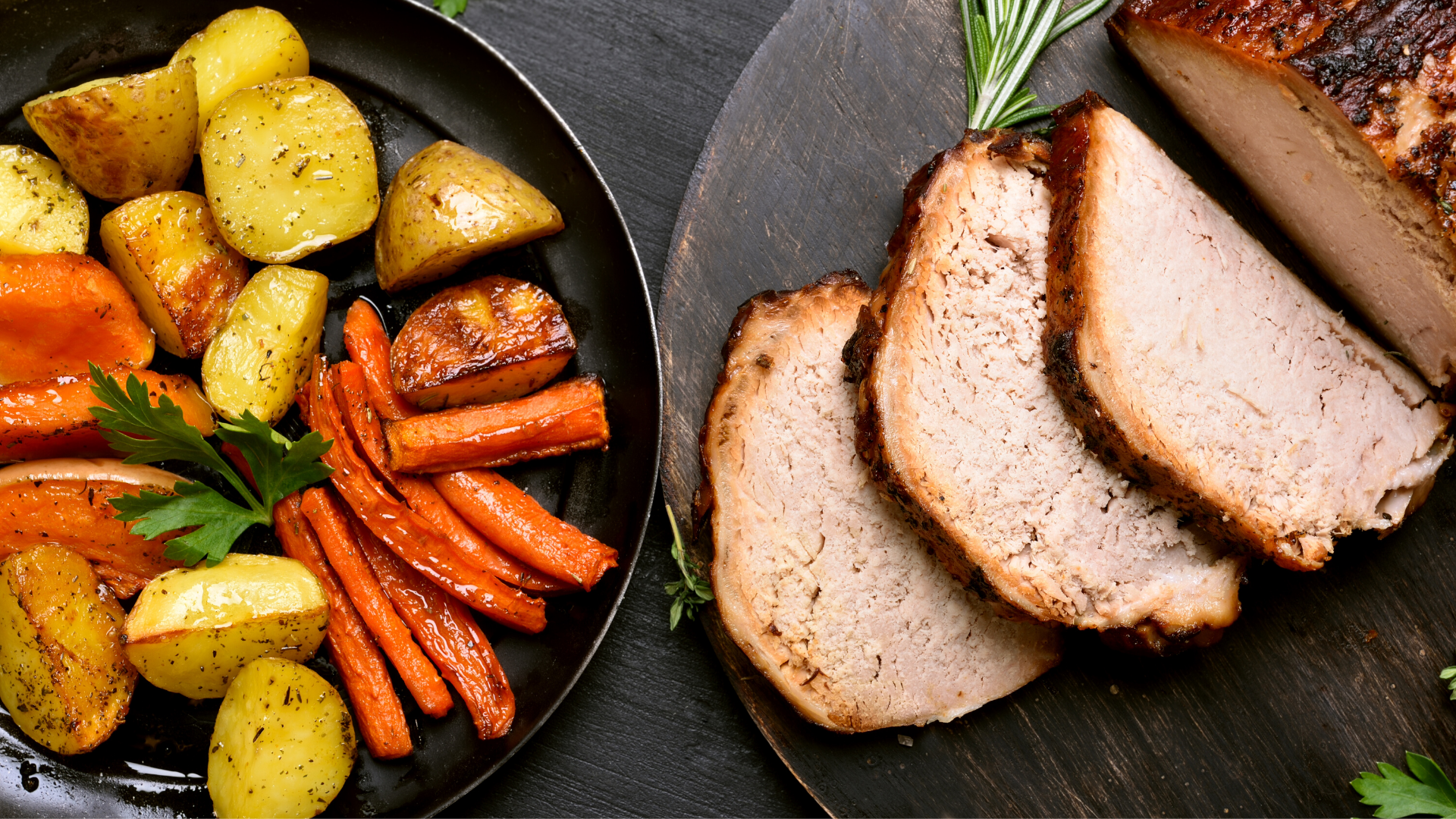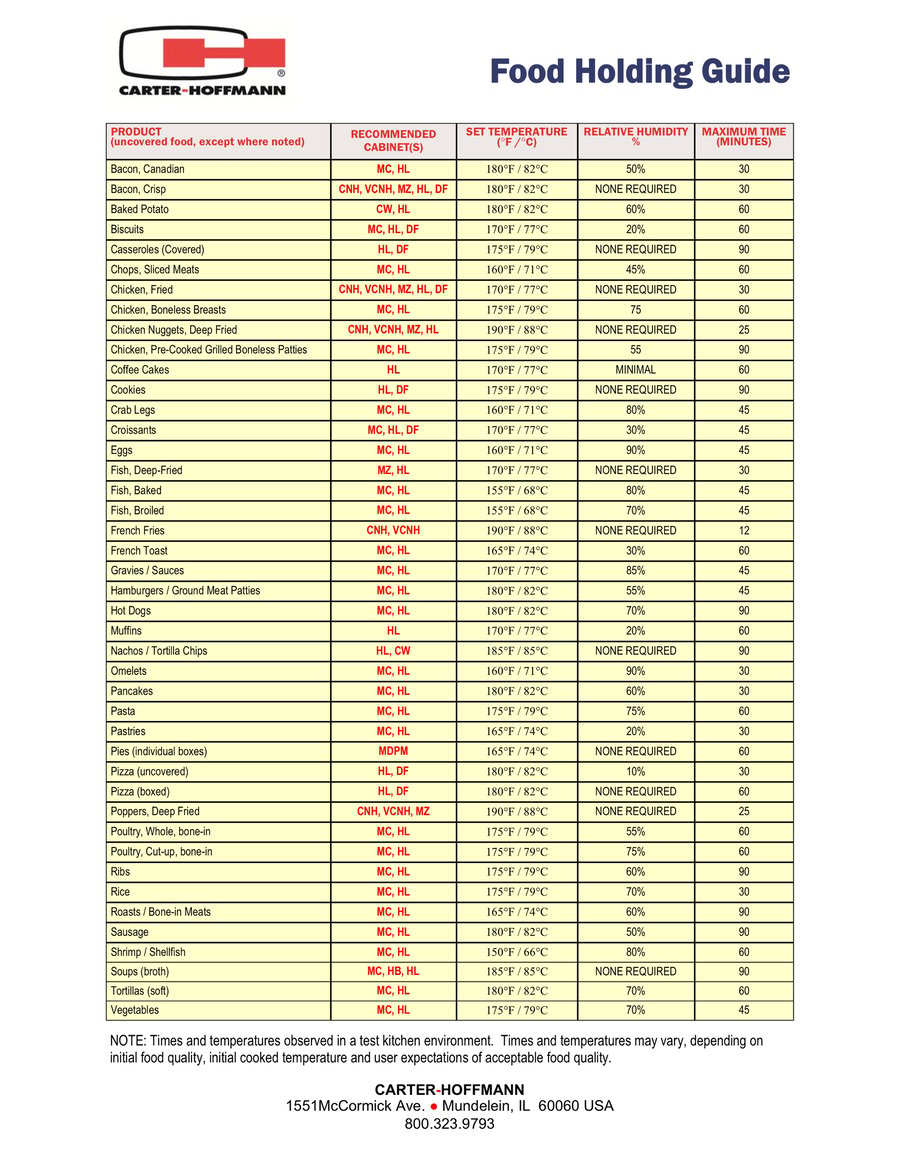A Quick Guide to Proper Food Holding Conditions
Cook and hold technology provides many benefits for operations ranging from schools to hotel banquet service. Meats come out more tender and juicer satisfying guests. Yields are higher making operators happier. And the cooking process is easier, making staff happy.
These benefits are dependent on the right types of equipment, though.
Cook and hold is only successful when the right type of ovens are used. Convection ovens, for example, will only blast hot, dry air over food products, which eventually leads to cellular breakdown in the food making it dry. This will also result in a yield that's about 25 percent lower than true cook and hold technology.
With cook and hold, foods are cooked at lower temperatures with gentle air circulation, while humidity levels are kept at ideal conditions. During the holding process, enzymes and coenzymes will continue to break down tough, connective tissues in meats, making them even more tender.
What about foods that require heated holding and need to be transported to a spot away from the kitchen, like a hotel banquet room or outdoor event? Gridless transport carts can hold food at the ideal temperatures off-the-grid for up to six hours off of a four hour charge.
But different foods require different holding conditions. Here's a quick guide to help you determine how to hold your foods.
Quick Guide to Food Holding Conditions
(Click to enlarge)





